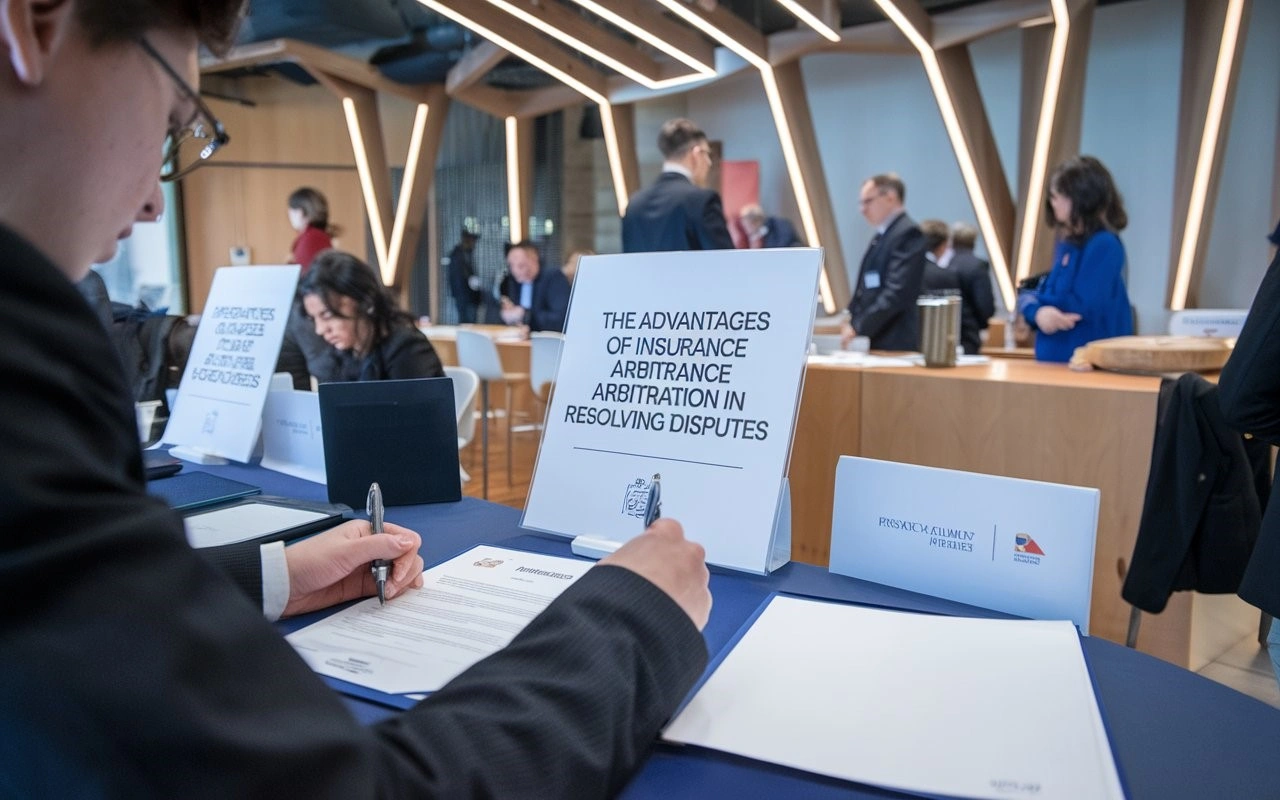The Fundamentals of Reinsurance
The reinsurance industry provides a robust support system for insurance companies, allowing them to stabilize their financial status by sharing the burden of large claims. Reinsurance is pivotal in managing insolvency risks and ensuring insurers’ solvency, particularly during significant claims events such as natural disasters or unforeseen accidents. A specific type of reinsurance that exemplifies this supportive role is known as adverse development cover, a mechanism designed to shield insurance companies from future financial volatility due to the unexpected development of loss reserves. This agreement mainly covers long-tail liabilities, where claims might take years to settle, and the ultimate payout is still being determined. In reinsurance, two primary forms exist: treaty reinsurance and facultative reinsurance. Treaty reinsurance provides blanket coverage for a portfolio of risks, streamlining negotiations for individual policies. Facultative reinsurance, on the other hand, assesses and covers single high-value or complex risks individually. Integrating both forms ensures a flexible and comprehensive risk management strategy, bolstering the stability of insurance practices and fostering customer confidence.
Why Reinsurance Matters to the Global Economy
On a macroeconomic level, reinsurance is a cornerstone of global financial health. It plays a significant role in maintaining stability within the insurance sector, which is essential for mitigating disasters’ impact on economies. By allowing the spread of risk among multiple companies, reinsurance facilitates a more resilient infrastructure upon which the economy can handle the financial shock of large-scale catastrophes. The importance of reinsurance extends to supporting sustainability and growth, evidenced by measures that pave the way for innovative insurance solutions such as microinsurance, which extends coverage to previously underinsured populations, fostering broader economic development and inclusivity.
The Reinsurance Market Dynamics
The complexity of reinsurance market dynamics is underscored by the factors influencing it— from macroeconomic trends and capital flow to regulatory landscape shifts. For example, a fluctuating rate environment can modify the attractiveness of reinsurance capital, leading to changes in underwriting strategies and portfolio management. The globalization of the market has made it responsive to local economic variations and international financial currents. On top of economic considerations, the pressure from shareholders and the challenge of complying with an ever-evolving regulatory landscape compel reinsurance companies to be adaptive, agile, and strategically insightful. Industry participants continuously monitor these dynamics to navigate the market effectively and make informed decisions for better risk mitigation and business optimization. For further insights, the Insurance Journal is a valuable resource for up-to-date information on international reinsurance news.
Factors Influencing the Reinsurance Sector
The reinsurance sector is not immune to the wave of digital transformation sweeping across industries. Advances in data analytics and artificial intelligence have revolutionized risk assessment and pricing models, allowing reinsurers to predict potential losses with greater accuracy. Considering the extensive amounts of data determining potential exposure and risk, technology becomes indispensable in synthesizing information to create more precise and informed pricing strategies. Additionally, the risks associated with climate change are redefining traditional risk models, necessitating a more dynamic approach to risk management. As the potential impact of climate events increases unpredictably, reinsurers must account for such shifts in their calculations and frameworks.
Navigating Reinsurance Contracts and Clauses
With reinsurance contracts forming the backbone of agreements between insurers and reinsurers, a clear understanding of their structure and clauses is essential. These contracts spell out the specifics of the coverage, premiums, and conditions under which claims will be paid. Unambiguous wording and comprehensive clauses help mitigate the risk of future disputes and foster a transparent partnership between contracting parties. One of the distinctive facets of these contracts is their customizability, enabling modification to cater to specific needs and scenarios, whether it be a quota share, surplus share, or excess of loss arrangement. It is vital for those involved in drafting and negotiating these documents to have a nuanced understanding of the insurance industry and its diverse set of risks.
How Reinsurers Assess and Price Risk
Risk assessment in reinsurance is a sophisticated intersection of actuarial science, financial theory, and market intuition. Reinsurers invest heavily in developing and updating complex models to gauge and price risk effectively. These models incorporate myriad variables, from historical loss data to emerging trends, to set premiums that accurately reflect the risk while remaining competitive. The use of big data has made risk assessment a more granular process, allowing for an individualized evaluation that can lead to more tailored and effective reinsurance solutions.
Key Takeaways
- Understanding the fundamental role and types of reinsurance arrangements
- Recognizing reinsurance as a critical financial stabilizer for the global economy
- Exploring current market dynamics and how they shape reinsurance strategies
- Investigating the increasing role of technology and innovation in reinsurance
- Navigating reinsurance contracts and understanding risk assessment and pricing
- Appreciating the relationship between reinsurance and global regulatory frameworks
- Discovering new and innovative approaches to reinsurance











